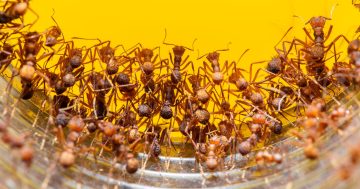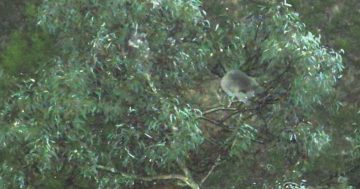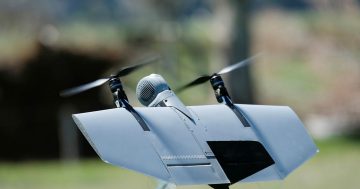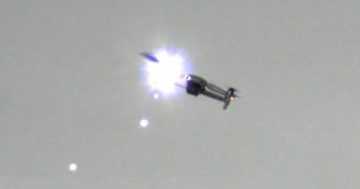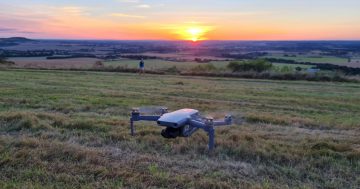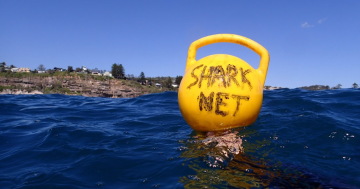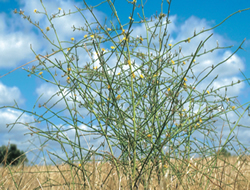 The Department of Primary Industries and Regional Development (DPIRD) is targeting Skeleton weed in its annual campaign against one of the most significant agricultural plant pests.
The Department of Primary Industries and Regional Development (DPIRD) is targeting Skeleton weed in its annual campaign against one of the most significant agricultural plant pests.
In a statement, the Department said it would employ ground and drone searches across the Wheatbelt for the weed (pictured), which tied up nitrogen and soil moisture, reducing crop yields.
It said the 2021 program, led in collaboration with seven Local Action Groups, would cover more than 400,000 hectares.
Project Manager at the DPIRD, Martin Atwell said targeted surveillance activity would cover 200 properties across more than 56,000 hectares to find and map infested areas for follow-up treatment, while additional searching would be undertaken to identify areas where the weed could spread.
“Aerial surveillance using drones, or unmanned aerial vehicles, now account for a large part of the targeted surveillance activity, with a total of 22,000 hectares to be surveyed by the devices in 2021-22,” Mr Atwell said.
“Drones have proved to be a valuable addition to the surveillance activity and the development of the technology is advancing quickly,” he said.
Mr Atwell said the drones were installed with digital imaging technology to accurately and confidently capture, record and map the presence of Skeleton weed to aid eradication strategies and treatments.
“While the program provides support directly to landholders in target areas to control the weed, landholders should remain vigilant and report observations to the Department,” he said.
“Harvest is the best time to observe the weed, providing an opportunity for early detection and making eradication more feasible.”
Mr Atwell said Skeleton weed was easily distinguished by its bright yellow daisy flowers during summer and autumn, with upright and usually leafless stems, which gave the appearance of the skeleton of a plant.


